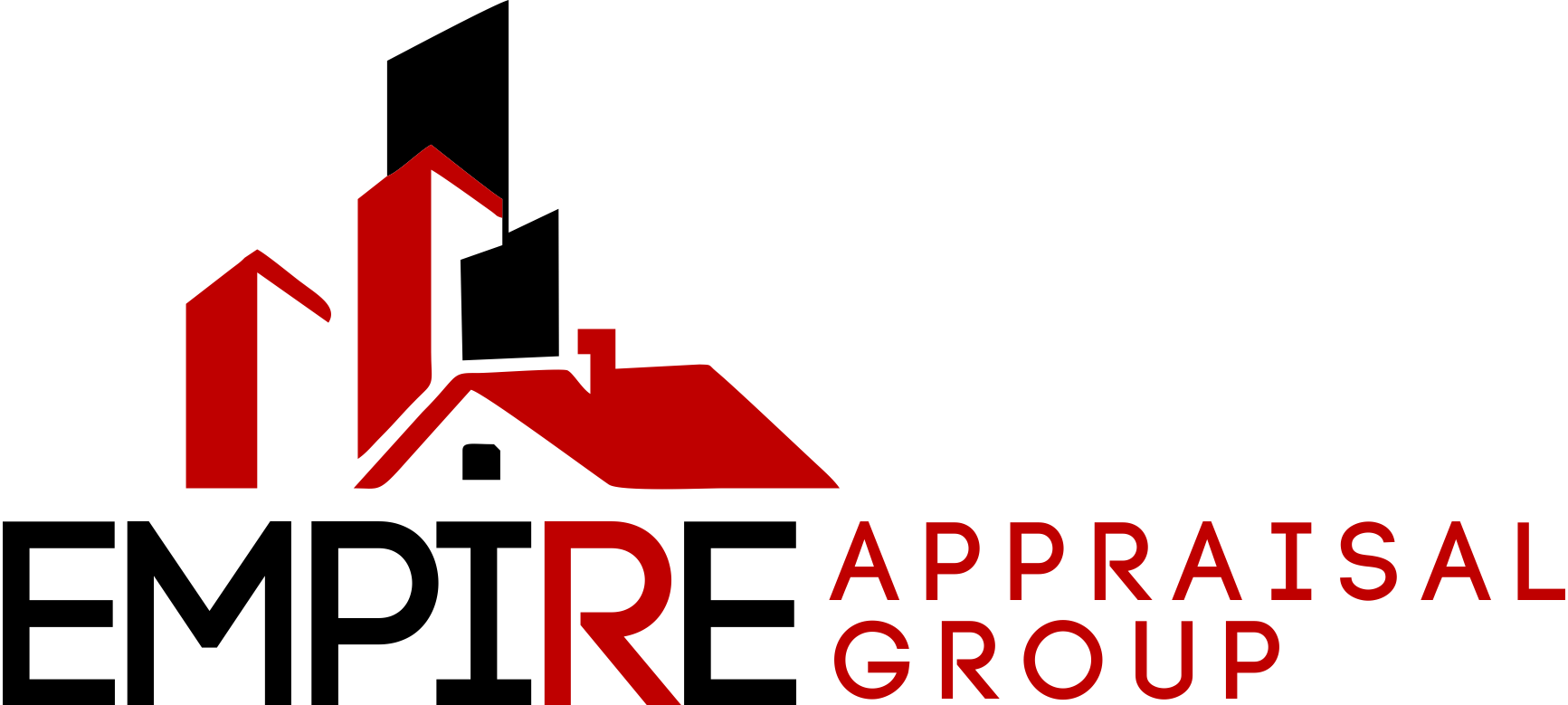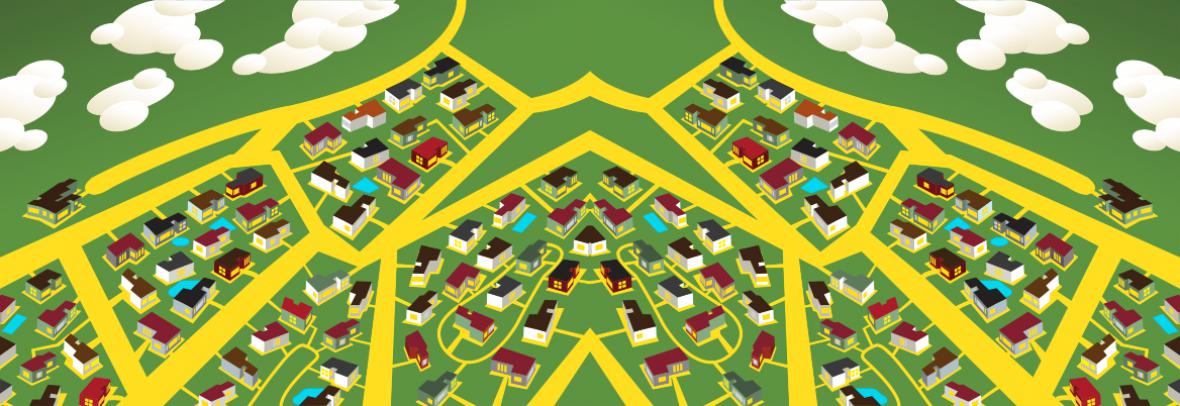 Why Do Some Developments Have Silly Names?
Why Do Some Developments Have Silly Names?
Why does Golfview Harbour have no golf, no view and no harbor? And Hollywood Hills has no hills? Why can’t you go hunting in Woodfield Hunt Club?
FORT LAUDERDALE, Fla. – Feeling leisurely these days? Not many of us are, as we cope with lingering effects of COVID-19, supply chain shortages, inflation and uncertainties about the economy.
But if your home is in one of two South Florida communities called Leisureville, you might be resenting a developer’s half-century old dictate that you must live as if you don’t have a care in the world.
Developers in Pompano Beach and Boynton Beach chose the name to market a specific lifestyle to a post-war generation of retirees – with prices at the Pompano site starting at $8,995, according to a 1967 Fort Lauderdale News and Sun-Sentinel ad. Named in an era that led to the leisure suits, both Leisurevilles remain as 55-and-over communities today, and stand as reminders of just how goofy development naming can get.
Modern-day developers are still at it, conjuring names that will likely be just as baffling to future generations.
The Seinfeld-esque name for developer Lennar’s townhome community, Viewpoint at Vista Lago, currently selling in Miami Gardens, literally means Viewpoint at Lake View when translated from Spanish. And the name chosen by Toll Brothers for its upscale community currently selling in Davie for prices starting at $2 million, Millstone Ranches, makes one wonder whether the company intended for buyers to think of their neighborhood as, according to Merriam-Webster.com, a “heavy burden.”
We asked readers on Facebook to share some of the most baffling subdivision names they’ve noticed while living in South Florida. They shared names that homebuilders obviously thought would evoke feelings of comfort and security but today prompt residents to wonder, “What were they thinking?”
Features that don’t exist
Some of the most common head-scratchers are names that have no association to geography found in or anywhere near the community.
Hollywood Hills, platted by Joseph W. Young at the same time as he was developing the city of Hollywood and resort hotels on Hollywood beach in the 1920s, was obviously inspired by the Southern California version that was evolving into mythical status at the time. Unlike the “Hollywood hills” that Bob Seger lamented in 1978, Florida’s version has no hills.
Sierra Vista, off South Military Trail in western Delray Beach, has no sierra, which is a Spanish word that Merriam-Webster defines as “a range of mountains especially with a serrated or irregular outline.” The highest elevation in Florida is 345 feet, and that’s 500 miles away in the Panhandle.
Lauderdale Lakes has a few retention ponds and canals running through it, noted Jaime Parnther-Richards. “The kicker – their city logo has a sailboat,” she said. But there are “definitely no waterways for a sailboat.”
Lauderhill lies on a flat plain west of Fort Lauderdale.
Isles of Tamarac, you guessed it, is completely landlocked.
The Falls at Parkland has no falls other than the fountain at the development’s entrance.
Golfview Harbour in Boynton Beach has “no golf, no view, and no harbor,” said Christine Tagle Reed. “The British spelling is a nice touch, though.”
Tam O’ Shanter, in North Lauderdale, was named after a well-known golf course built in Pennsylvania in 1929. One of its main roads is called Boulevard of Champions and most of the residential streets are named after golf courses, including Pebble Beach, Broadmoor and Doral. Yet “there never was a golf course,” noted Jim Mcanally. “They promised everyone a half course but it was never built.”
Loggers Run, off West Palmetto Park Road in West Boca, is an 1,814-acre community in southwestern Palm Beach County comprising several neighborhoods and a county park. But there’s no logging operation, noted Mike Gleeson. According to a 1977 edition of the Fort Lauderdale News and Sun-Sentinel, Oriole Homes Corp. chose the name because “it typifies the dense stands of timber forest, large cypressheads and extensive lakes and waterway system which form the topography of the site.”
Gone but not forgotten?
Other readers pointed out activities, animals or plants that their namesake developments pushed out.
Ancient Tree, a residential community recently platted next to Sandhill Crane Golf Course in Palm Beach Gardens, was cleared of all large trees before construction began, noted Janice Gruenwald Aponte.
Pheasant Walk was built in the late 1970s west of Congress Avenue in Boca Raton. Ali Weniger Lynch said she grew up in the neighborhood but “never once seen a pheasant in this part of Florida.” She added, “I always wondered why they picked a pheasant over tons of other bird options.”
Woodfield Hunt Club in West Boca was named after an equestrian training center at the site. No hunting took place at the center, which was built in 1964 by Harold and Ruby Butts for their children and other riders to practice for competition. Hunter and Jumper are two of the sport’s disciplines.
Turtle Run, neighborhoods in both Plantation and Coral Springs, might have been home to turtles before they were developed in the 1980s and 1990s. Eastern Box turtles are native to Florida’s southern regions, “preferring grasslands, marshes and woodland areas,” according to Allturtles.com. Turtle Run “sounds like an oxymoron,” said Christina Darmos Curry, nodding to the reptile’s slow reputation. To be fair, a run is a creek, but if a turtle got a look at what’s left, they’d high-tail it.
What were they thinking?
Journey’s End, mentioned by three readers, is the name of a 213-acre development in Lake Worth that suggests residents won’t be moving anywhere else. Like in the Eagles’ Hotel California, you can move in, but can you ever leave?
“I always thought [it meant], ‘This is where you come to die,” said Charlie Pickett.
The community’s property manager did not immediately return a phone call asking what the name was meant to evoke. But a 1999 newspaper advertisement marketed the then-new community as ideal for young families, with a clubhouse, children’s movie theater, video game room and play area for toddlers. “Journey’s End is the community you’ve been searching for,” the ad said.
The name game
How do these names happen?
Ken Johnson, associate dean of Florida Atlantic University’s College of Business, spent 12 years as a real estate broker before entering academia. “I think they’re usually just trying to differentiate themselves from existing subdivisions,” he said. “I always assumed they were thought up and settled on during Happy Hour.”
Several websites poke fun at the notion that developers combine words from lists of generic terms. A Houston-based real estate consulting firm, Community Development Strategies, posted a quiz inviting readers to guess home many Houston-area suburbs share common names.
Some of the answers: Creek appears in 67 names. Wood is part of 80 names. Oak shows up 58 times. And five words – Estates, Park, Villa, Place and Ranch – each show up at least 40 times.
The quiz’s author, Ty Jacobsen, senior GIS and market analyst for the firm, said he’s noticed developers moving away from words that sound too generic and easily forgotten. Houston, for example, is home to separate developments called Cypress Lakes Estates and Estates at Cypress Lakes. Instead they’re trying to connote authenticity by incorporating unique aspects of the properties where the developments are located, or last names of owners who previously held the tract.
Behind the marketing curtain
Lavidge, a Phoenix-based advertising agency, came up with 10 tips for naming subdivisions, and shared them in a recent blog post. The firm urges developers to avoid language that give the wrong impression, like using the word Estates in a lower-income area.
“If you aren’t in the foothills, nowhere near a river or don’t have a park, do not (I repeat, do not) include those words in your community name,” they write.
As for attaching a notion of authenticity to a suburban subdivision, Lavidge echoes what’s going on in Houston, and suggests “incorporating the name of a previous owner’s project.”
Authenticity (or an attempt at it) is what drew Toll Brothers to select Millstone Ranches as the name of its Davie development, said Fred Pfister, the company’s Southeast Florida division president. The company chose the name, not to suggest that their homes will be heavy burdens, but because Millstone Ranches was the original name of the parcel when the company purchased it from the previous landowner, Pfister said in an email.
“It was based on the primary definition of millstone, which are large flat rocks fashioned for the purpose of grinding grain and milling. We believe this represents the rich rural history of the Town of Davie and decided to keep the name when we purchased the land.”
© 2022 South Florida Sun-Sentinel. Distributed by Tribune Content Agency, LLC.

 Why Do Some Developments Have Silly Names?
Why Do Some Developments Have Silly Names?